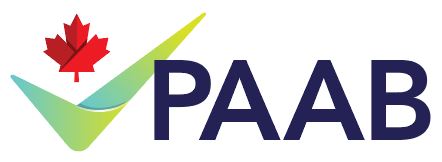PAAB Code
Do you have questions about particular sections of the PAAB code? Do you have insights on how sections of the code be improved? Do you want to share insights about how related standards are addressed in other jurisdictions? Post here.
86
Topics
200
Posts
The responses, guidance, and advisories provided by the Pharmaceutical Advertising Advisory Board (PAAB),
including but not limited to those available through the PAAB Forum, the PAAB website, and any PAAB
correspondences, are specifically intended to assist individuals navigating the PAAB preclearance system.
Repurposing or reproducing this content without written consent from the PAAB Commissioner is strictly
prohibited. This prohibition includes, but is not limited to, use in machine learning or AI models.
